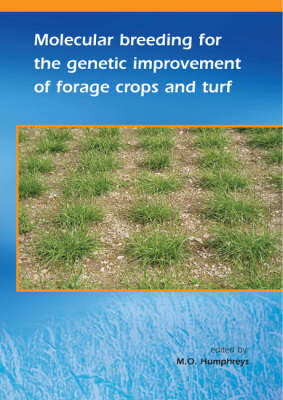Grassland covers 26 per cent of the world's total land area. It produces feed for livestock; maintains soil fertility; protects and conserves soil and water resources; creates a habitat for wildlife; provides recreational space for sport and leisure and contributes to the general landscape. This book provides an up-to-date account of progress and potential in the genetic improvement of grassland to meet all needs. It encompasses work on a wide range of temperate and tropical grassland species (including grasses, clovers and other forage legumes) and will interest all those concerned with grassland use in livestock-based agriculture, recreation, environmental protection, bio-industry etc.
Specifically, it demonstrates how recent advances in molecular techniques are being used to develop breeding objectives and strategies with key-note papers on: objectives and benefits of molecular breeding, linkage/physical mapping and map-based cloning, QTL analysis and trait dissection, genomics, model species, gene discovery and functional analysis, use of molecular markers and bioinformatics for breeding, molecular genetics and breeding of endosymbiont and grass/legume associations, transgenics, genetic diversity, breeding systems and resources, future directions for research and breeding. State-of-the-art molecular techniques and resources are described that encompass a unique range of expertise in genetic mapping, trait dissection, comparative genomics, bioinformatics, gene discovery and risk assessment. Examples of work in progress or recently completed are provided from across the world. The book has broad educational value and will interest plant geneticists and breeders as well as grassland users and policy makers.
- ISBN10 9076998736
- ISBN13 9789076998732
- Publish Date 6 February 2007
- Publish Status Active
- Publish Country NL
- Imprint Wageningen Academic Publishers
- Format Paperback
- Pages 288
- Language English
